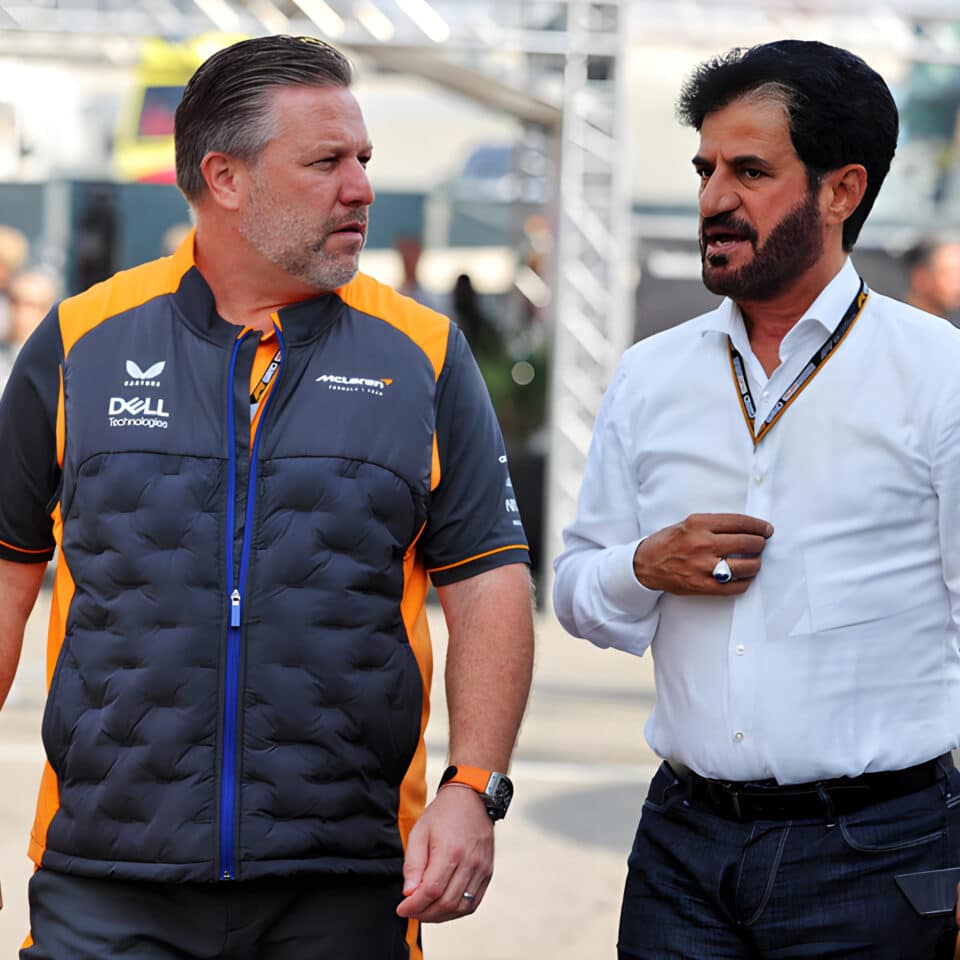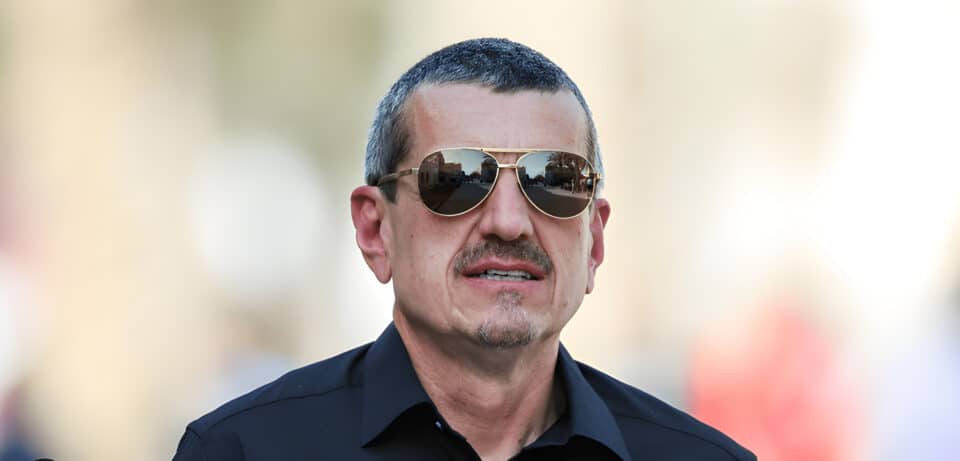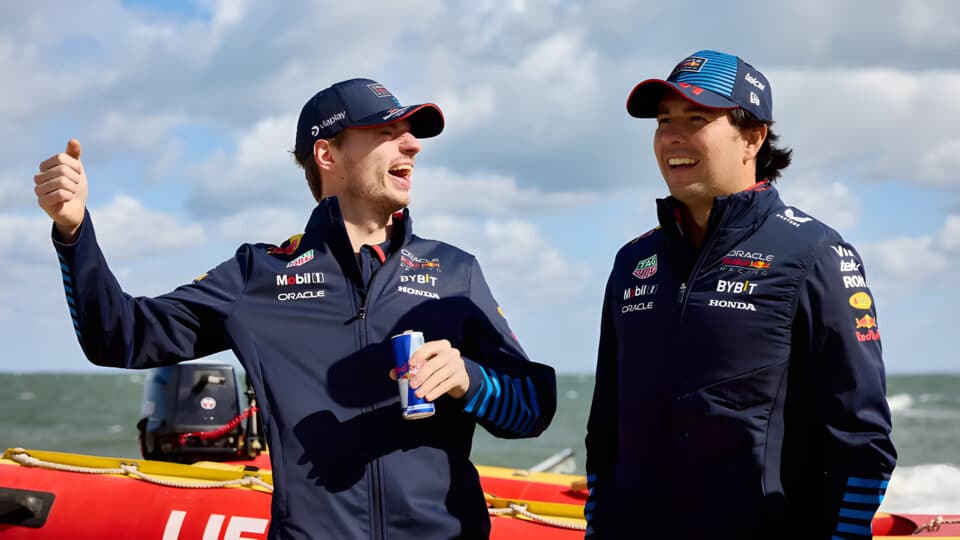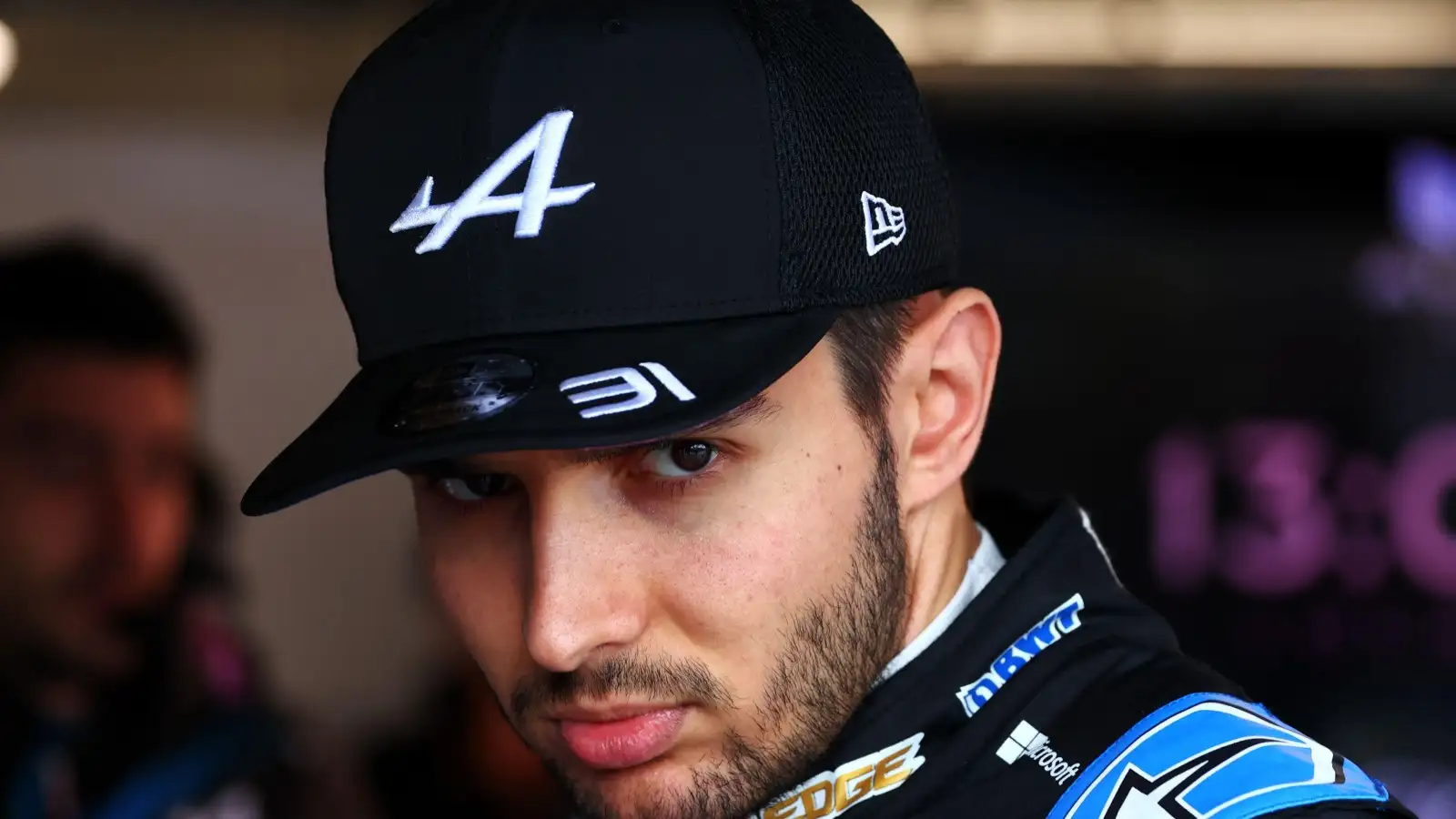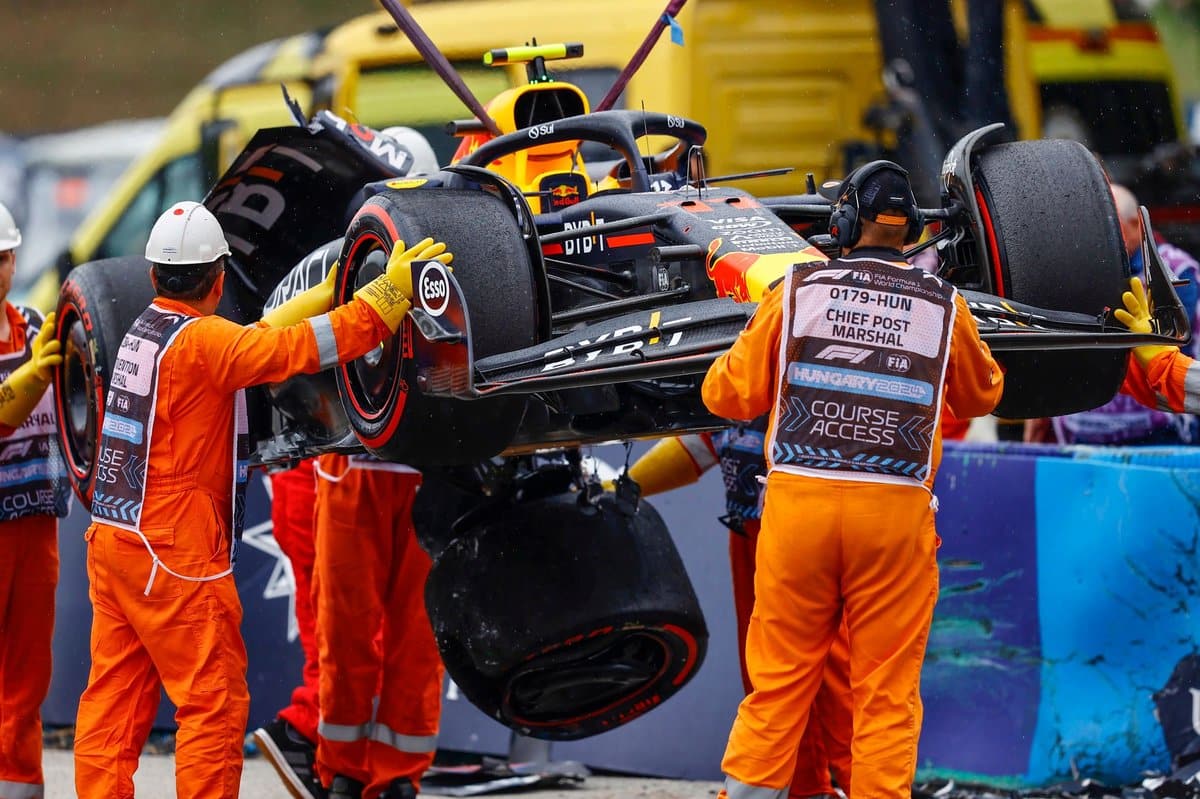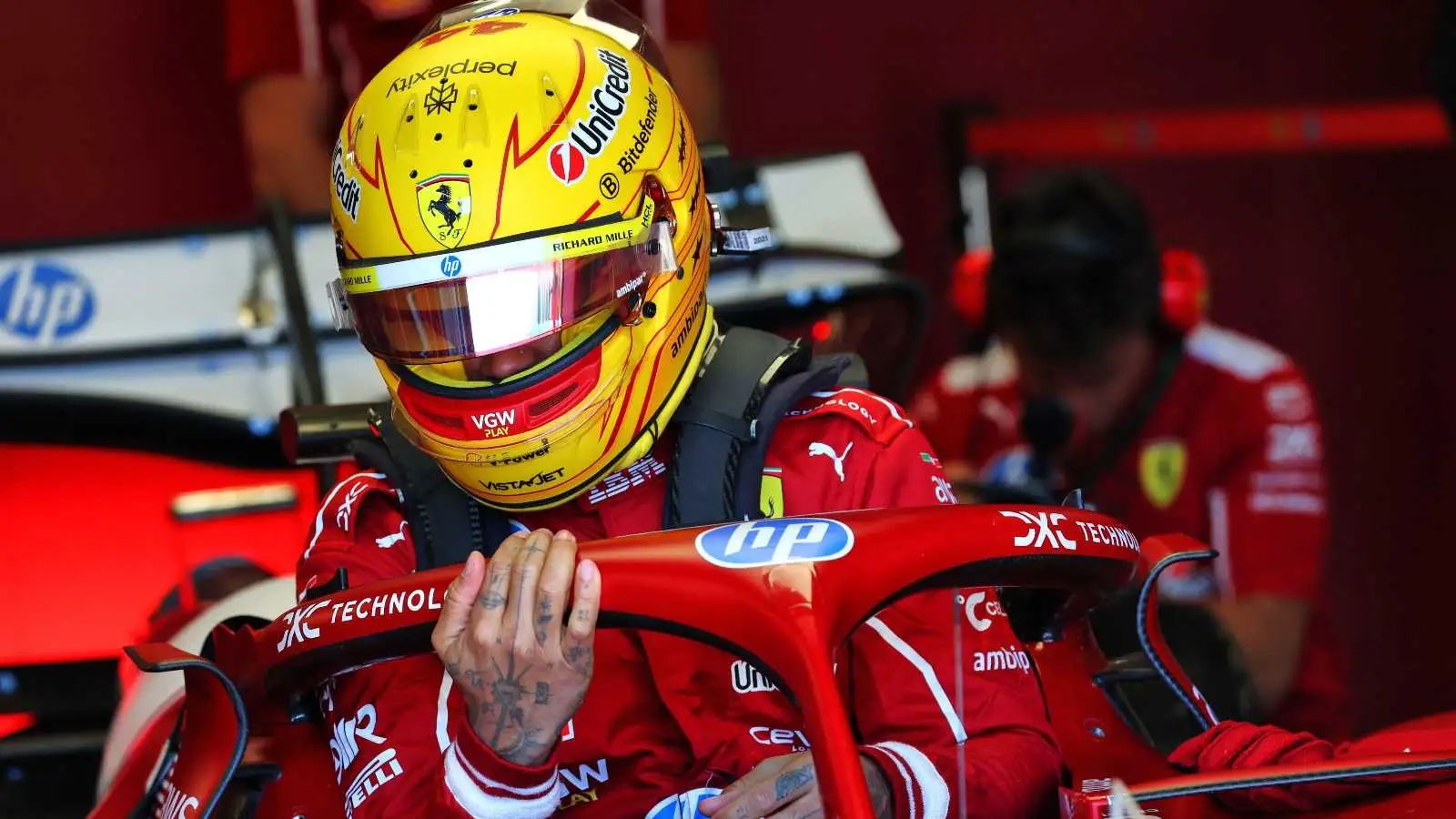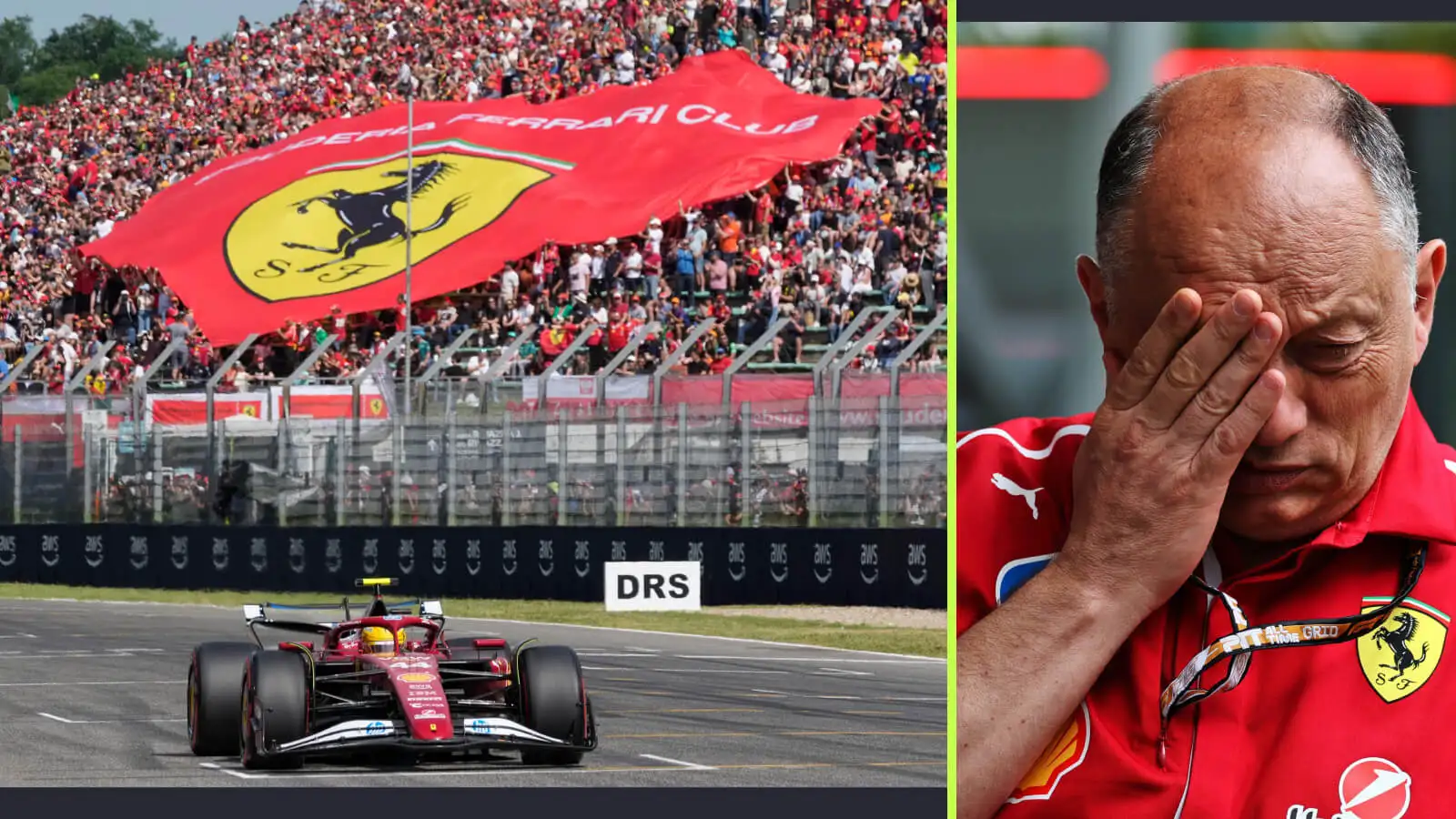At the Monaco Grand Prix, a clandestine meeting took place among top-tier members of Formula One. It appears the ongoing conflict between the FIA President and the sport’s commercial rights holders has been tentatively resolved. Both Stefano Domenicali, F1 CEO, and Mohamed Ben Sulayem seemed to be on the same page for once. The buzz? The future of Andretti Racing in F1.
Early last season, the FIA opened applications for new F1 teams. After a six-month evaluation, Andretti Racing was greenlit by the FIA. However, six months later, Liberty Media’s Stefano Domenicali firmly rejected their entry, except if General Motors can produce a new 2026 F1 powertrain.
In Miami, Liberty Media president Greg Maffei shocked many with a blunt remark that he would prevent Michael Andretti from entering F1. Mario Andretti shared his disappointment with NBC, saying, “‘Mario, I want to tell you that I will do everything in my power to see that Michael never enters Formula 1,'” said Maffei. The $200 million anti-dilution fee agreed in the 2021 Concorde Agreement now seems insignificant as team principals suggest it should be $600 million or more. Despite some logistical concerns like garage space at certain circuits, agreements mandate facilities for up to twelve teams.
Not all team bosses are anti-Andretti. McLaren CEO Zak Brown is vocal in his support, arguing that new teams can expand the sport’s appeal and attract more sponsors. Brown criticizes the short-sightedness of some teams and advocates for a fair franchise fee.
Liberty Media’s refusal has drawn the attention of the US Justice Department, posing questions about anti-competitive practices. Andretti’s best route into F1, it seems, might be purchasing an existing team, though none are currently for sale.
The valuation of F1 teams has soared. Zak Brown highlighted this, pointing out that the struggling Williams team, bought for $150 million five years ago, would now likely sell for over a billion and a half. This increase reflects the sport’s growing commercial success and stricter financial regulations, creating a more stable ecosystem where even smaller teams are profitable.
When comparing with other sports leagues, like the NHL, whose franchise values have similarly increased, the raised $600 million anti-dilution fee might seem justifiable. However, teams like Haas and Alpine have struggled with underinvestment and might not be appealing buys for Andretti.
The current state of some teams, like Renault’s Alpine, is concerning. With a demotivated workforce and financial constraints, their internal issues raise the question of whether it’s worth the hassle for Andretti to take on such a troubled entity. Liberty Media aims to hold potential new teams to the highest standards, but the sport’s competitive balance remains in question with top teams dominating the points table.
Whether Andretti can navigate these financial and political hurdles to eventually join F1 remains uncertain, especially with ongoing legal scrutiny. The saga reflects broader challenges in balancing tradition, competition, and commercial interests within Formula One.
Andretti Racing’s bid to join Formula One is mired in complexity, from political wrangling and financial barriers to the potential purchase of an existing team. Whether they can overcome these challenges amid soaring valuations and intense scrutiny remains to be seen.
